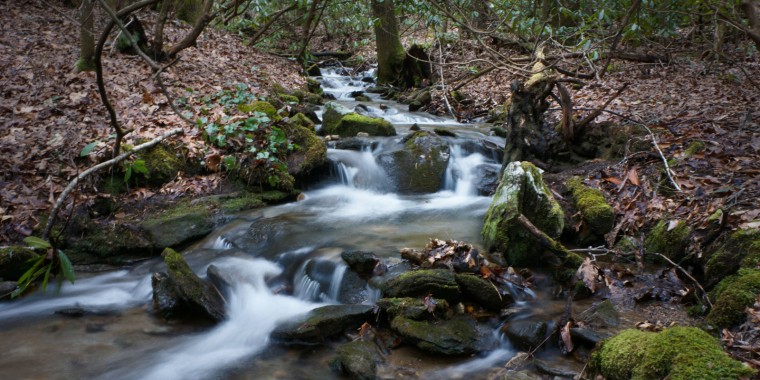A stream “owns” more than just the channel it flows through. Protecting the streamside surrounding it is the best way to keep it healthy.
If you own a house, that structure is only part of your “home.” It may be where you spend most of your time, but when you think of home your thoughts are likely to encompass your lawn, garden, field and woodlot. In the same way, a river may spend most of its time in its channel, but it “owns” both the channel and strip of land immediately adjacent to the channel, called the riparian zone. The stream also “owns” the floodplain, which in larger streams can extend for tens to hundreds of yards outside the channel.
Thinking about it this way should inform our treatment of streams. The river will tolerate your crops and livestock in its floodplain, and it will even fertilize for you now and then. But infringe on the river’s ownership rights with fill or permanent structures and you’ll face the consequences.
Rivers are just as touchy about their riparian zones as their floodplains, yet even those of us who value our streams, who hunt and fish respectfully, and who respond to requests to “fight water pollution” often disrespect the right of a stream to healthy streamside vegetation. The single most positive thing we can do for our streams is to maintain full streamside vegetation zones along all of them, from a river to the tiniest spring branch.
That’s why a group of like-minded non-profits have banded together to create this website. “Shade Your Stream” is a guide to encourage landowners to restore healthy streamside vegetation on their land. Our goal is to help you understand why it’s necessary to help the streams hang on to their ownership rights, and to provide easy ways to do so. Because we all want clean, healthy water.
Bill McLarney, Ph.D
Senior Scientist and Aquatic Specialist
Mainspring Conservation Trust
Franklin, North Carolina
